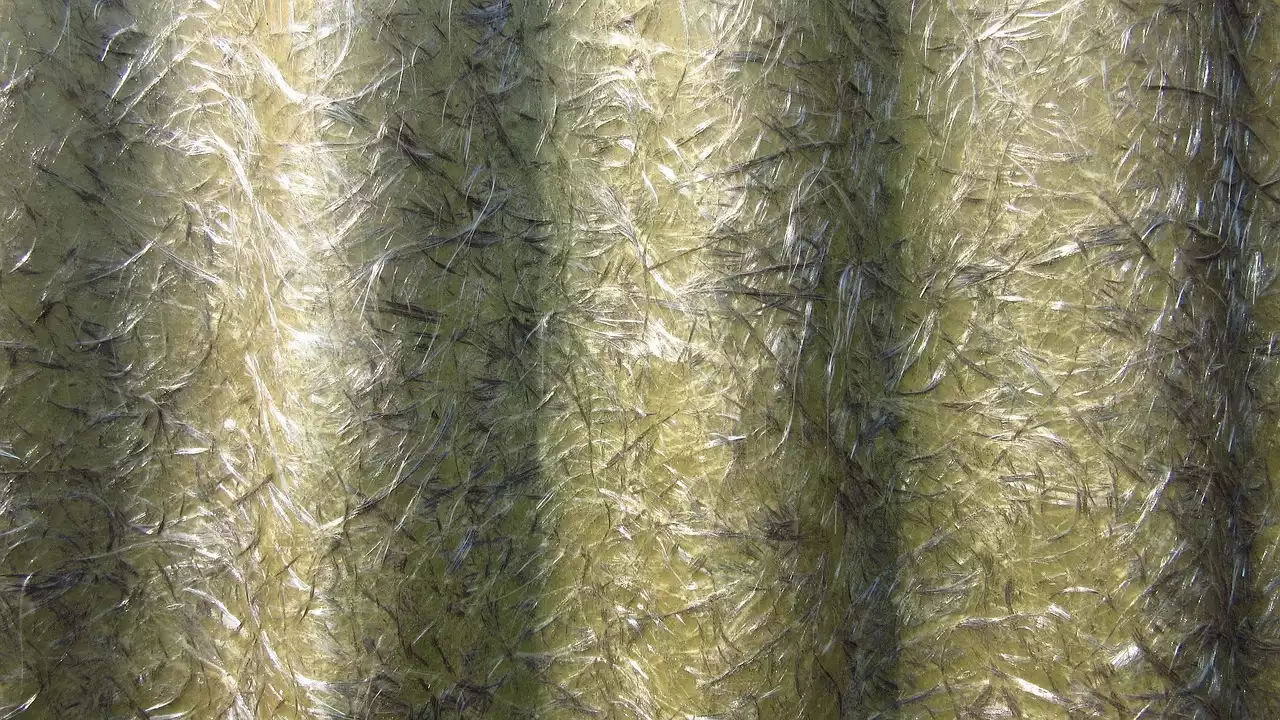What is fiberglass?
Fiberglass is a type of synthetic fabric that consists of a woven fabric mesh that is coated in resin. Fibers are most often made from polyester, polyethylene, polypropylene, or polyvinyl chloride. Fiberglass is commonly used in many industries but is perhaps best known as a material used in marine applications. It is often used in conjunction with other materials, such as wood or metals, to make them stronger and longer lasting. An example of this is a fiberglass hull, which is often used to make boats more durable and watertight. Fiberglass is also frequently used as an insulating material for everything from car panels to wall insulation. It is often used in construction, too, where it is applied as a drywall coating or to reinforce floors and ceilings.
Benefits of working with fiberglass
There are many benefits to working with fiberglass, both in a construction and repair setting. You can use fiberglass to create new items, such as a table, or strengthen existing items, such as a boat hull. In most cases, fiberglass is easy to work with and has a low risk of creating sparks, which is especially useful when working with firearms. It is also relatively inexpensive and highly resistant to corrosion. Fiberglass is also a great alternative to other materials, such as wood or metal, if you’re working in a damp environment. The material is water-resistant and can withstand a wide range of temperatures, making it very versatile in different settings.
Tools and supplies needed for DIY fiberglass projects
- Protective clothing - As with any type of construction project, you’ll want to make sure you’re wearing the proper protective clothing. This includes long pants and sleeves, as well as a helmet, goggles, and gloves. When working with fiberglass, you’ll also want to make sure you have additional safety gear, such as face masks and respirators. These are especially helpful when working with fiberglass resins, as they can harm the respiratory system.
- Respirator - Respirators are a must-have when working with fiberglass, as they will protect your lungs from harmful fumes and particulates. There are several types of respirators available, including ones that are designed specifically for use with fiberglass. It’s also a good idea to make sure you’re using the correct filter for whatever fumes you’re working with.
- Apron or bag - You’ll also want to make sure you have some kind of protective cover on your body and that you’re wearing gloves. You can also use a fiberglass bag, which is a large bag with a zipper that allows you to mix and apply the resin inside.
- Resin - The main ingredient in fiberglass is resin. There are many types of resin you can use for fiberglass, including epoxy, polyester, and vinyl ester. It’s important to follow the instructions on the resin’s packaging to get the best results.
- Mixing tools - You’ll need to mix your resin before you can apply it to the fiberglass cloth. Mixing tools are available at most hardware stores and are designed to mix resin without creating sparks.
- Nylon brush - You’ll also want to make sure you have a nylon brush, as this will help you apply the resin to the fiberglass.
Tips for working with fiberglass
- Test on a small area - Before you begin working with fiberglass, it is a good idea to test out the resin and the type of cloth you’ll be using. This is especially important if you’ve never worked with fiberglass before, as different types of resins and cloths can react in different ways. A great way to test out the cloth is to create a sample patch.
- Prepare the item - Before applying resin to an existing item, you should first make sure it is clean and free from any dirt or debris. You can also use a sanding pad to smooth out any rough edges, as well.
A step-by-step guide to working with fiberglass
- Mixing - Mix your resin in a mixing bucket or container. You can hold the bucket with rubber-coated gloves, but be sure not to touch the resin directly.
- Preparing the cloth - Once the resin has been mixed, you can begin applying it to the fabric. Make sure the cloth is clean and free from debris. You can use a roller to apply the resin, but make sure to use a slow and steady motion.
- Applying the resin to the item - Once the resin has been applied to the cloth, you can begin to apply the cloth to the item you’re repairing or creating.
- Finishing - Once the resin has been applied and allowed to dry, you can begin to sand the item down. You’ll want to make sure you sand it in a direction that is opposite the direction the cloth was woven, as this will ensure a smooth, even finish.
Common mistakes to avoid when working with fiberglass
- Over-applying resin - One of the biggest mistakes people make when working with fiberglass is over-applying resin. It is important to apply the resin in a thin layer and not overdo it. If you apply too much resin, it can create a thick, messy finish that is difficult to sand down.
- Not mixing the resin thoroughly - Another common mistake is not mixing the resin thoroughly. You’ll want to make sure you mix the resin until it is completely mixed, as this will help prevent bubbles from forming in the finish.
- Applying resin indoors - Fiberglass resin is dangerous to breathe in and should only be applied outdoors. If you need to work with the resin indoors, make sure you have proper ventilation and are wearing the correct safety gear.










